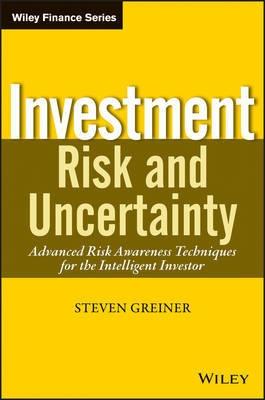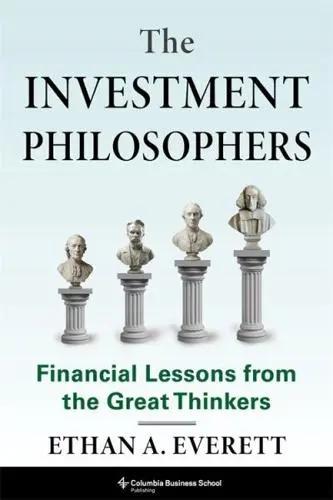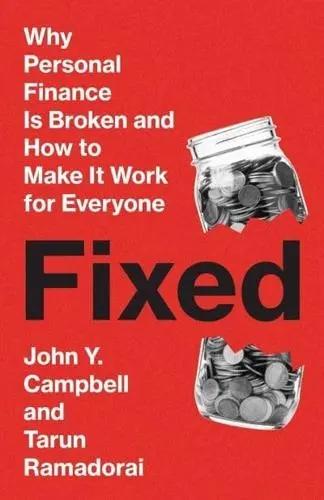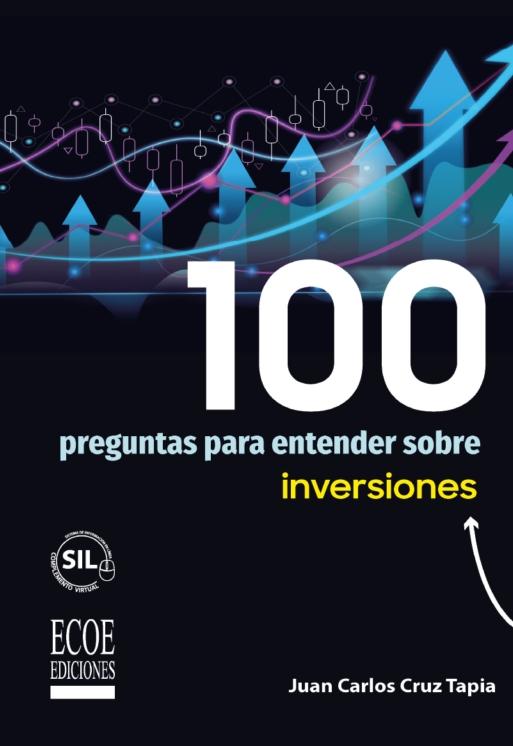Valuable insights on the major methods used in today's asset and risk management arena Risk management has moved to the forefront of asset management since the credit crisis. However, most coverage of this subject is overly complicated, misunderstood, and extremely hard to apply. That's why Steven Greiner-a financial professional with over twenty years of quantitative and modeling experience-has written Investment Risk and Uncertainty. With this book, he skillfully reduces the complexity of risk management methodologies applied across many asset classes through practical examples of when to use what. Along the way, Greiner explores how particular methods can lower risk and mitigate losses. He also discusses how to stress test your portfolio and remove the exposure to regular risks and those from "Black Swan" events. More than just an explanation of specific risk issues, this reliable resource provides practical "off-the-shelf" applications that will allow the intelligent investor to understand their risks, their sources, and how to hedge those risks. Covers modern methods applied in risk management for many different asset classes Details the risk measurements of truly multi-asset class portfolios, while bridging the gap for managers in various disciplines-from equity and fixed income investors to currency and commodity investors Examines risk management algorithms for multi-asset class managers as well as risk managers, addressing new compliance issues and how to meet them The theory of risk management is hardly ever spelled out in practical applications that portfolio managers, pension fund advisors, and consultants can make use of. This book fills that void and will put you in a better position to confidently face the investment risks and uncertainties found in today's dynamic markets.
Foreword xiii Preface xv Acknowledgments xvii Introduction Why Risk Management Is Mostly Misunderstood 1 Steven P. Greiner, PhD Quantitative Risk Management Beginnings 3 Quantitative Risk Management Successes 8 Quantitative Risk Management Failures 11 Warren Buffett's Risk Management Strategy 14 Defining Risk Management 16 Fat Tails, Stationarity, Correlation, and Optimization 18 Managing the Risks of a Risk Management Strategy 23 The Risk Management Opportunity Set 25 Notes 29 Part One Chapter 1 Exposed versus Experienced Risk Revisited 33 Steven P. Greiner, PhD, and Andrew Geer, CFA, FRM Exposure Hedge versus Dollar Hedge 37 How the Credit Crisis Moved Risk Management to the Forefront 47 Risks beyond Volatility 49 What Risk Management Should Provide 51 Clarifying Expectations of Risk Management 54 An Example 55 Notes 58 Chapter 2 Definitions of Tractable Risk 59 Steven P. Greiner, PhD, and Andrew Geer, CFA, FRM The Effect of Uncertainty on Objectives 59 Identifying and Measuring Risks 63 Forecasting and Hedging Risks 71 Portfolio View versus Security-Level View 75 Total Risk View of Multi-Asset-Class (MAC) Portfolios 82 Stability and Accuracy 84 Note 86 Chapter 3 Introduction to Asset Class Specifics 87 Steven P. Greiner, PhD; Andrew Geer, CFA, FRM; and William F. McCoy, CFA, PRM Equities 87 Fixed Income 96 Conclusion 117 Notes 118 Chapter 4 Commodities and Currencies 121 Steven P. Greiner, PhD, and William F. McCoy, CFA, PRM Commodities 121 Introduction to Currency Risk 138 Conclusion 143 Notes 144 Chapter 5 Options and Interest Rate Derivatives 145 Steven P. Greiner, PhD; William F. McCoy, CFA, PRM; and Mido Shammaa, CFA, FRM Short History of Option Pricing 145 Volatility Smile 149 Implied Volatility Model 151 Baroni-Adesi Whaley (BAW) Option Pricing Methodology 161 Other Option Pricing Methods 162 Swaps, Swaptions, Forwards, and Futures 165 Conclusion 181 Notes 182 Chapter 6 Measuring Asset Association and Dependence 183 Steven P. Greiner, PhD; Andrew Geer, CFA, FRM; Christopher Carpentier, CFA, FRM; and Dan diBartolomeo The Sample Covariance Matrix 183 Estimation Error Maximization 184 Minimizing the Extremes 185 The Copula, the Most Comprehensive Dependent Structure Measure 193 The Model Covariance Matrix 196 Notes 197 Chapter 7 Risk Model Construction 199 Steven P. Greiner, PhD; Andrew Geer, CFA, FRM; Jason MacQueen; Laurence Wormald, PhD Multifactor Prespecified Risk Models 199 Principal Component (Statistical) Risk Models 205 Customized Hybrid Risk Models 212 Notes 229 Part Two Chapter 8 Fixed Income Issues 233 David Mieczkowski, PhD, and William F. McCoy, CFA, PRM Variety. Illiquidity. Size. 235 Empirical Evidence 240 Test Portfolios and Methodology 241 Test Metrics 242 Computational Efficiency 248 Conclusion 249 Notes 250 Chapter 9 Interest Rate Risk 251 David Mieczkowski, PhD, and Mido Shammaa, CFA, FRM The Term Structure 252 Term Structure Dynamics 258 Factor Models 258 Stochastic Differential Equations 267 Interest Rate Risk Exposures 273 Risk Forecasting 278 Conditional Duration and Expected Tail Duration 281 Conclusion 282 Notes 283 Chapter 10 Spread Risk 285 David Mieczkowski, PhD, and Sameer R. Patel Spread Basics 286 Reduced Form Approach 290 Structural Approach 292 Spread Exposure 295 Spread Volatility 296 Derived Spread Approach 297 Euro-Sovereign Spreads 308 Factor Model Approach 312 Conclusion 322 Notes 324 Chapter 11 Fixed Income Interest Rate Volatility, Idiosyncratic Risk, and Currency Risk 325 David Mieczkowski, PhD, and Steven P. Greiner, PhD Fixed Income Interest Rate Risk 325 Fixed Income Idiosyncratic Bond Risk 346 Fixed Income Currency Risk 352 Conclusion 367 Notes 368 Chapter 12 Portfolio Risk Measures 369 William F. McCoy, CFA, PRM, and Steven P. Greiner, PhD Coherent Risk Measures 370 Commonly Used Risk Measures 370 Marginal Contribution 375 Stress-

 (0 Comentarios)
(0 Comentarios)





